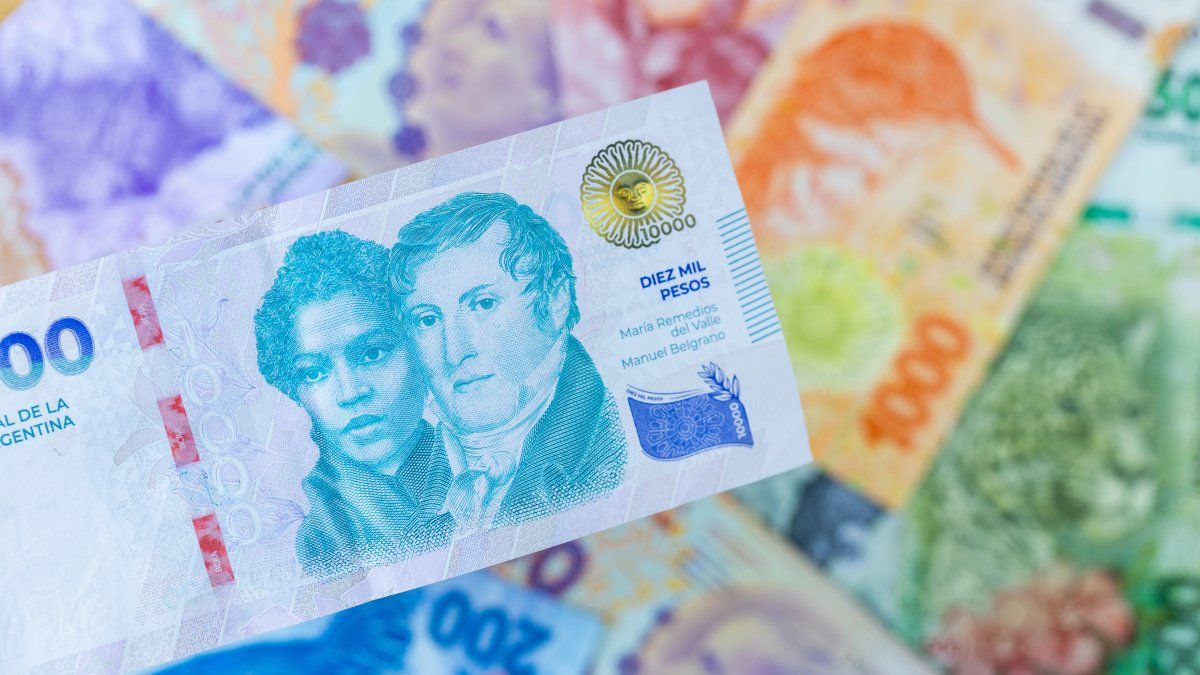The Government seeks to align some key variables so that the Consumer Price Index drops another notch: the dollar, rates, the interest rate and salaries. The intention is to disengage these variables from past inflation and project them based on future expectations. The Central Bank confirmed the reduction in the monthly devaluation rate, the energy distributors were informed that they will have updates below the CPI and a key union has already signed joint agreements with the guideline that Javier Milei intends.
President Milei had already anticipated that if the figure was less than 3%, the policy of shifting the official exchange rate would change. This Tuesday the INDEC announced that the variation of the CPI for December reached 2.7% and The Central Bank confirmed that the new dollar devaluation path will be 1% monthly.
The vice president of the monetary authority Vladimir Werning said in November that initially the exchange rate policy served as an anchor and helped contain expectations inflationary but as disinflation progressed, the mechanism became an “inertial” factor. That is what the Government seeks to dismantle.
Although the Ministry of Economy celebrated the “pulverization of inflation” in its X account, it is clear that Luis Caputo aims to leave inertia behind and for agents to start looking forward for the index to pierce the 2% monthly floor. The “crawling peg” is a tool but not the only one.
Another signal from the BCRA could arrive towards the end of this week. The market is expected to advance a new reduction in the monetary policy rate. The decision could be made this Thursday at the board meeting.
Gas and rates
The reduction in the rate of devaluation will have some almost immediate effects, for example on the price of fuel. Official sources confirmed to Ámbito that the expectation is that, as export parity has already been achieved, the updates will be smaller from now on.
Although not the only one, the variation in the exchange rate is currently the most relevant factor when determining the next increases. Tax issues influence, where the bulk of the adjustments were made during 2024, and international prices. ““We should see smaller increases than inflation in the coming months,” summarized the manager of a major company.
Tariffs will be another valuable element to pierce the 2% floor. Within the framework of the rate review process, the Government called a public hearing on February 6 to determine the gas update system in the distribution and transportation sectors. ENRE will do so in the coming days with the actors in the electricity chain.
Various business sources confirmed to Ámbito that the Government provided them with a roadmap with increases lower than past inflation for the first quarter. A different story is what will happen with subsidies. The Executive plans a new cut for 2025, although there are still internal disagreements about the format and the electoral year also marks the calendar.
Wages
Another open front is the joint ventures. At this point it is explicit: Javier Milei aims for a salary guideline of around 1% for the coming months. Back, the argument is that agents have to begin to be guided by future inflation expectations and not by the mark that the CPI is leaving.
The unions reject, but they negotiate. In the last hours there were visits to the Casa Rosada and calls to the Ministry of Economy. The Government took the agreement in one of the toughest unions, the metallurgical sector, as a triumph. The UOM signed 1.8% for January, 1.5% for February and 1% in March. Although one letter was kept: the review clause that will be activated on March 15, with the aim of evaluating the pace of inflation
Source: Ambito
I’m a recent graduate of the University of Missouri with a degree in journalism. I started working as a news reporter for 24 Hours World about two years ago, and I’ve been writing articles ever since. My main focus is automotive news, but I’ve also written about politics, lifestyle, and entertainment.




